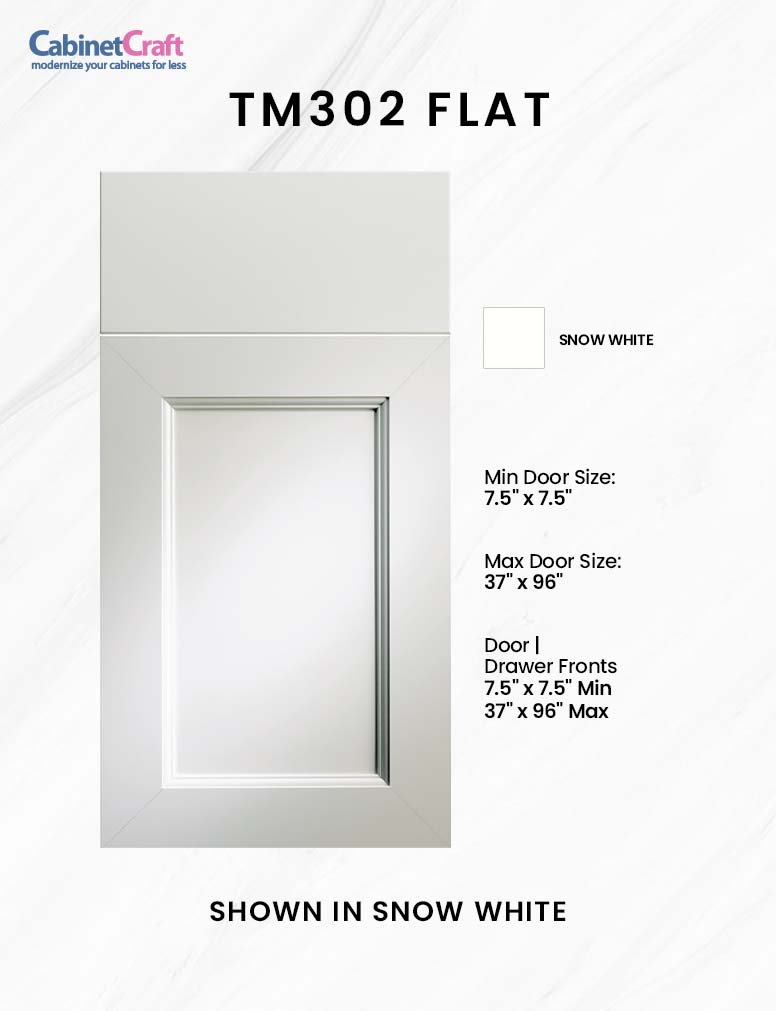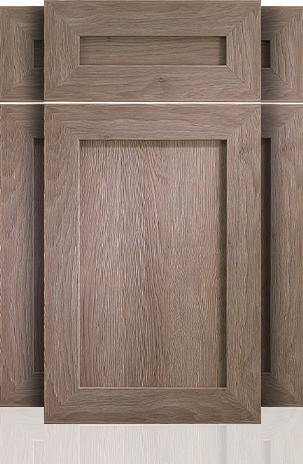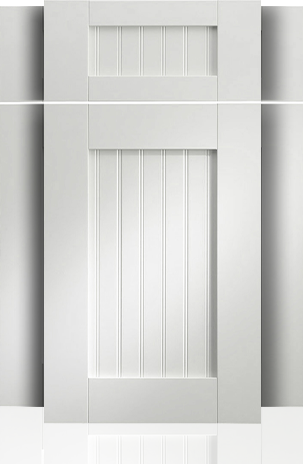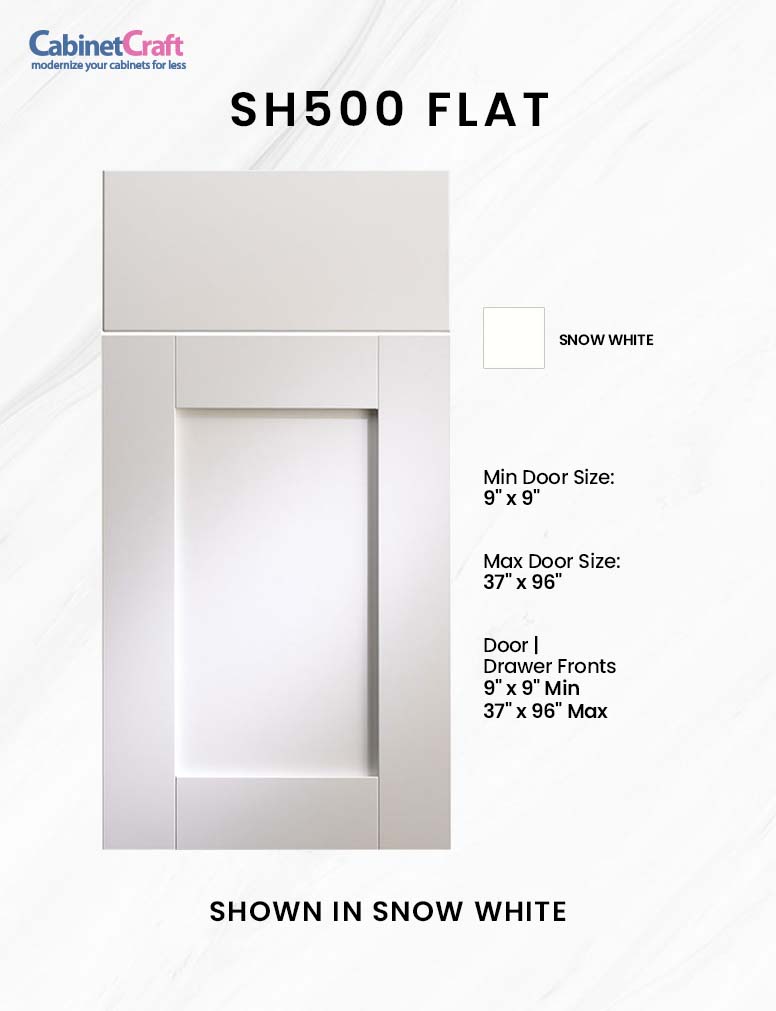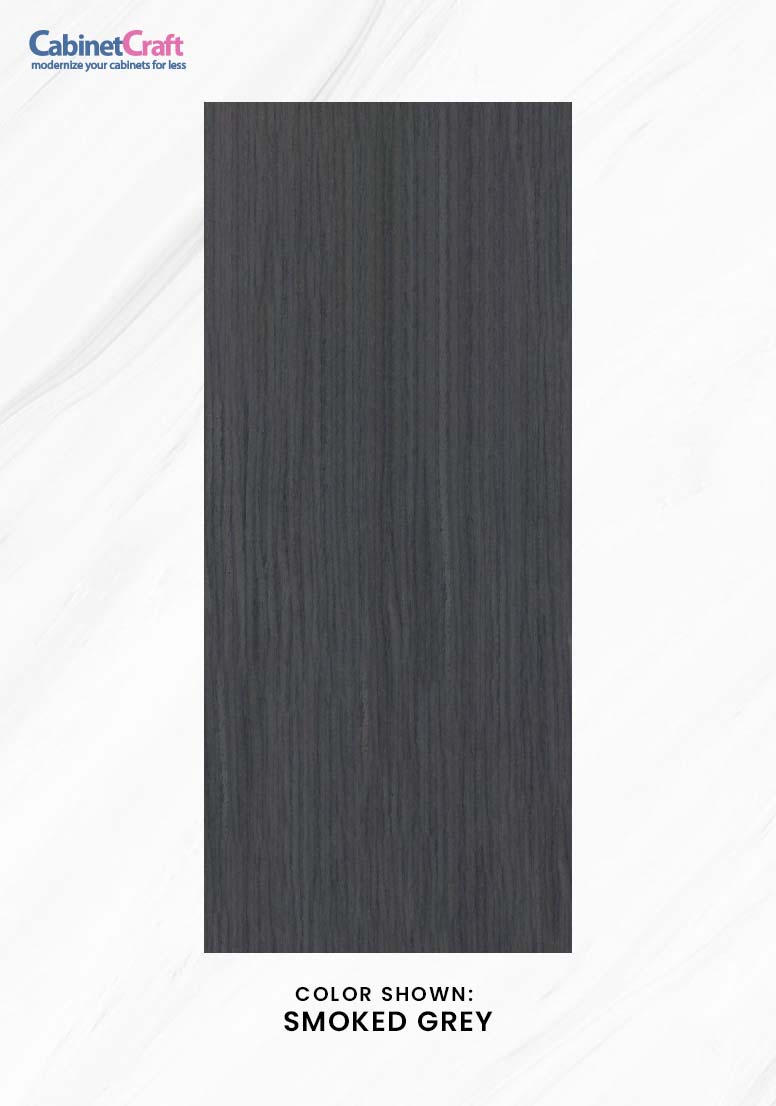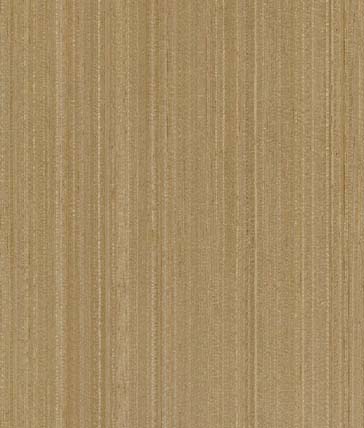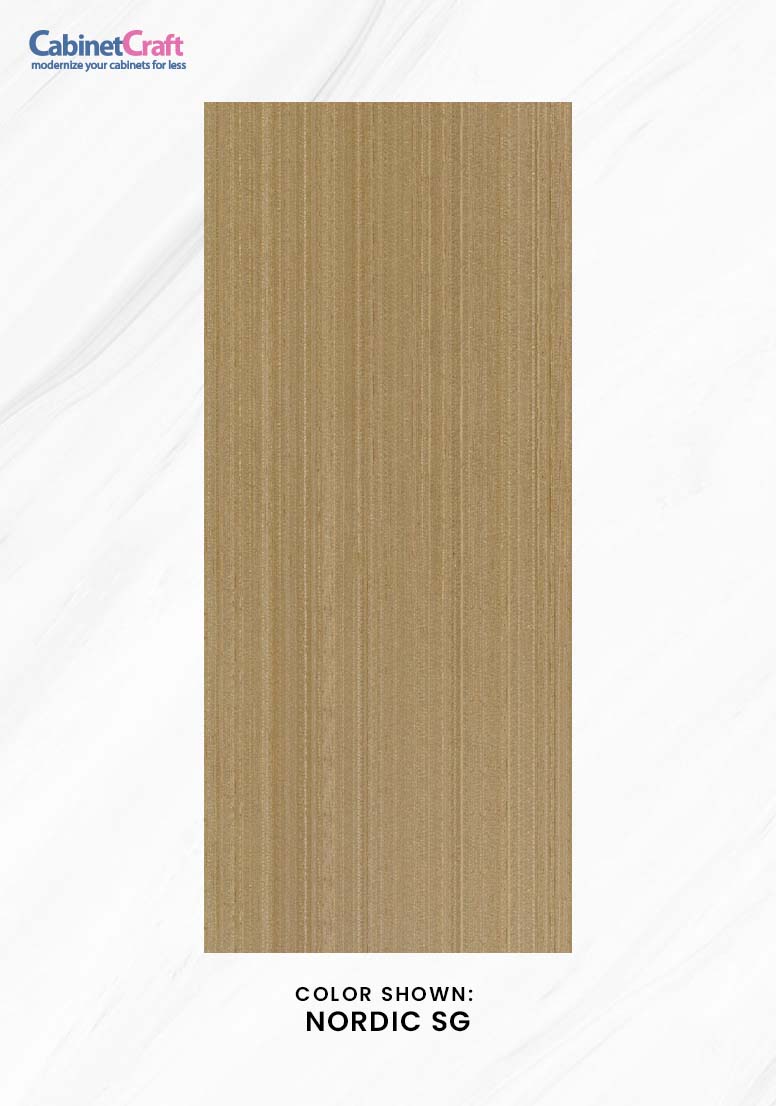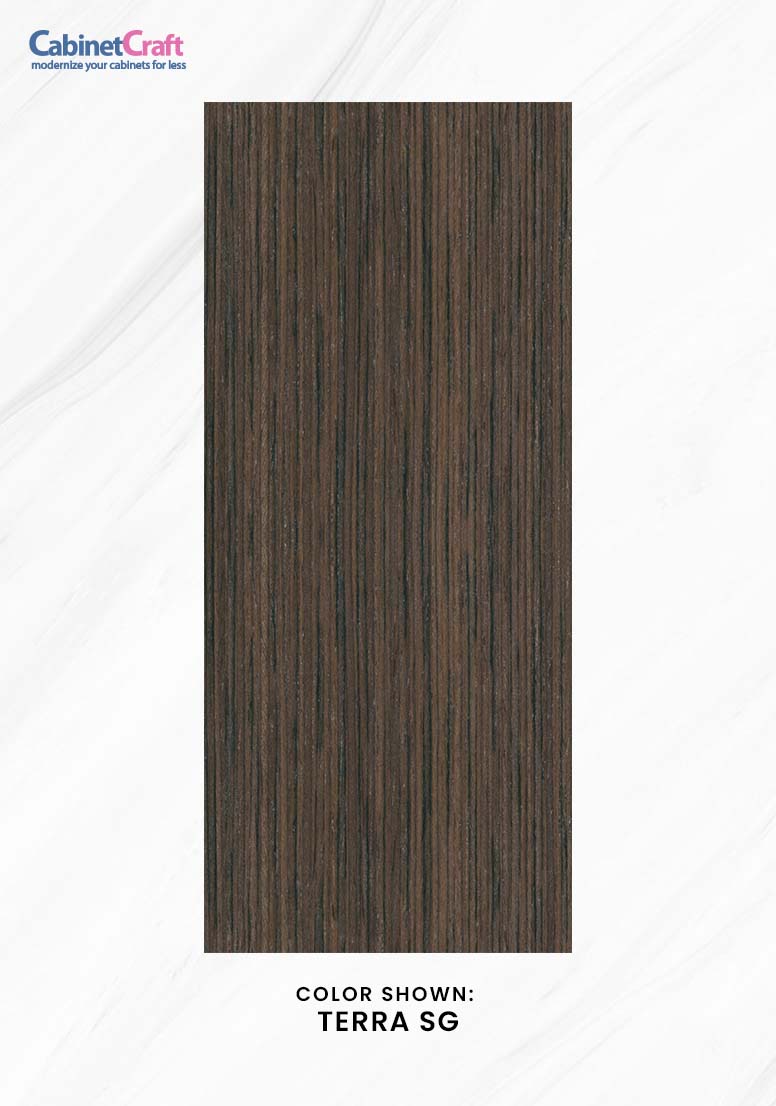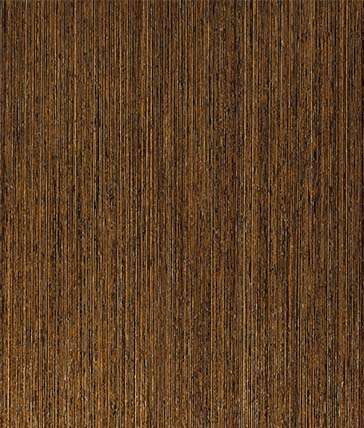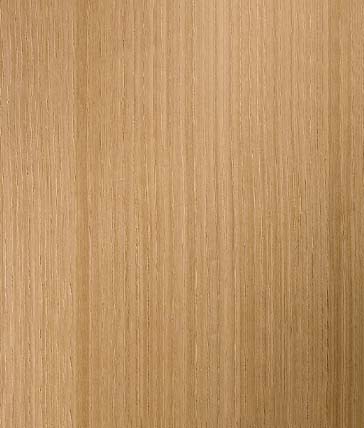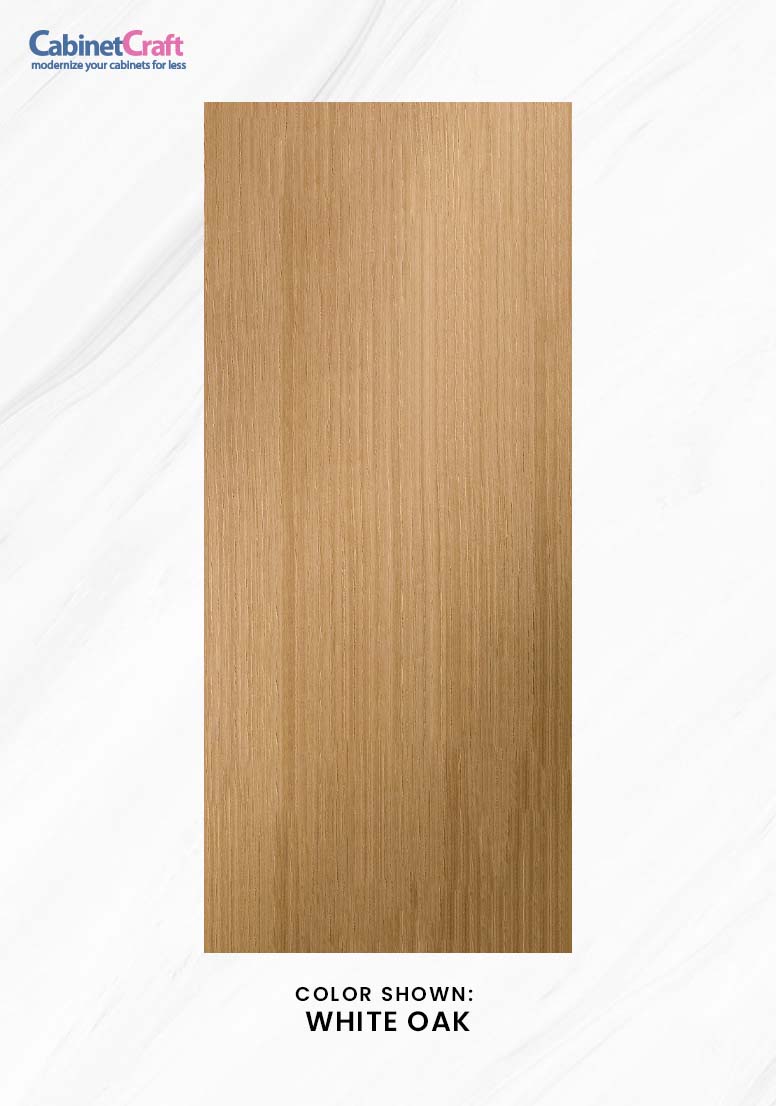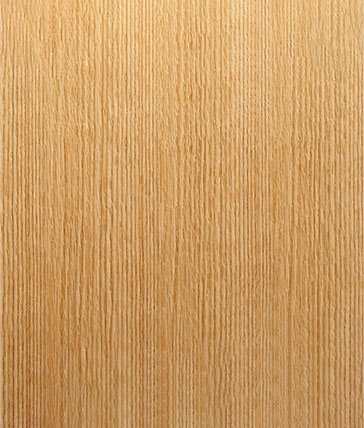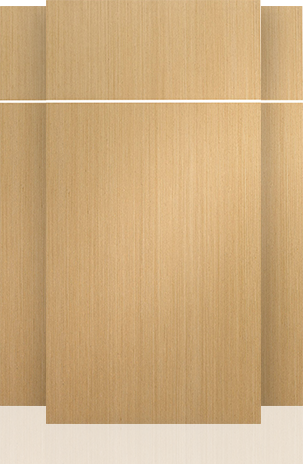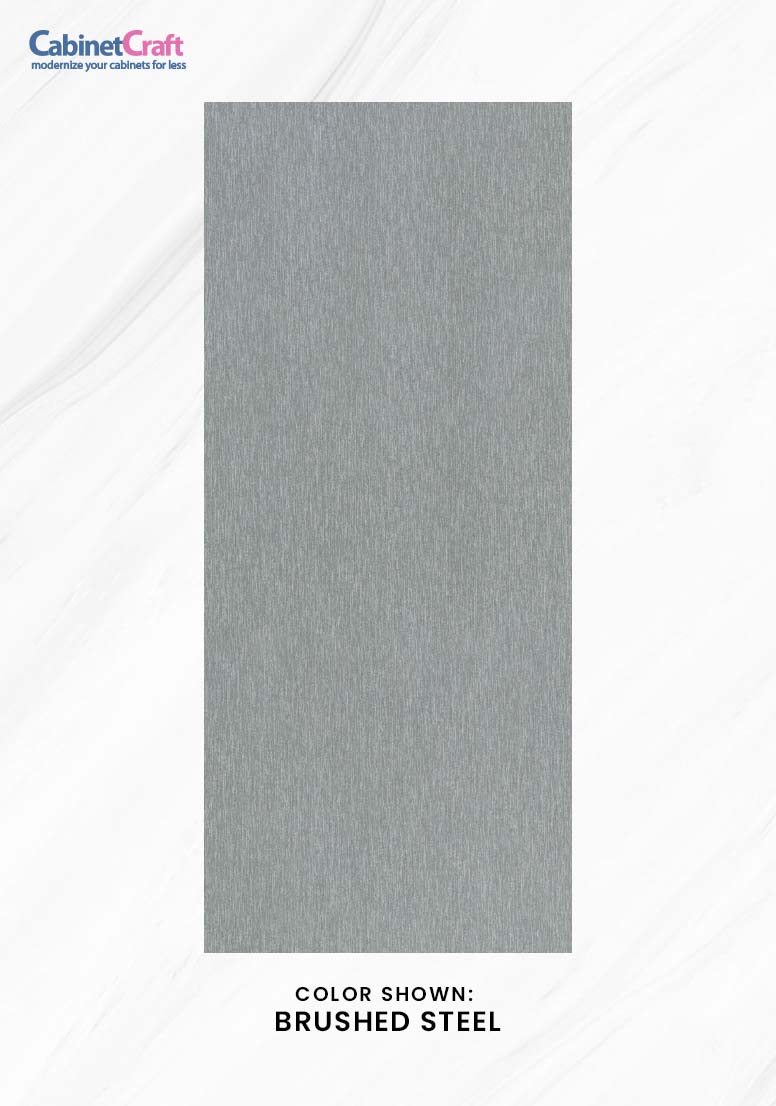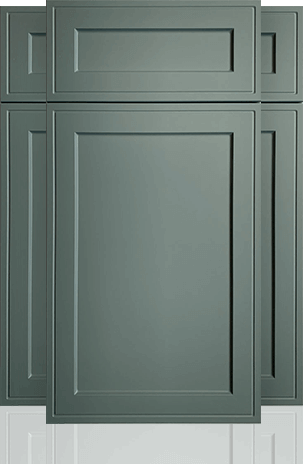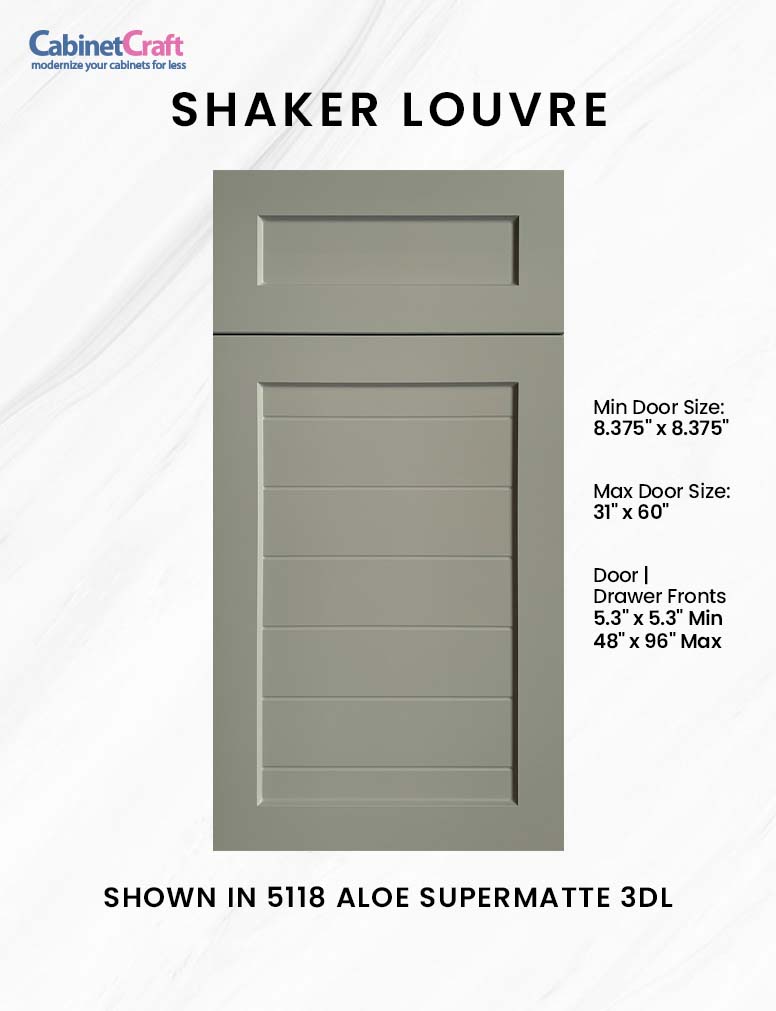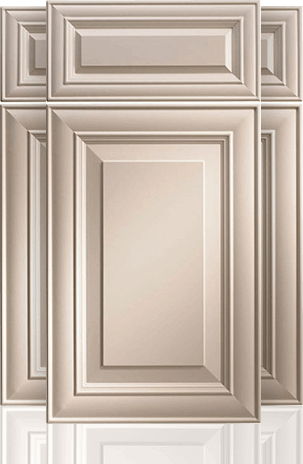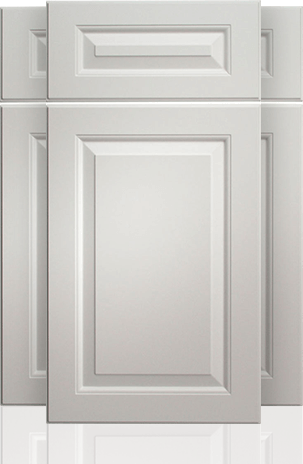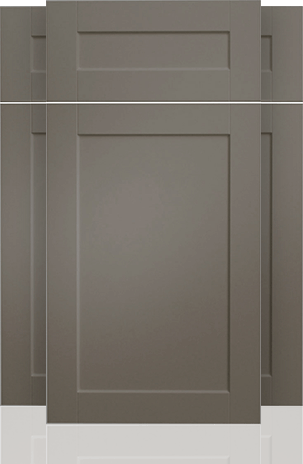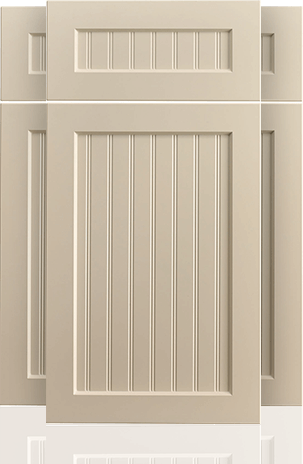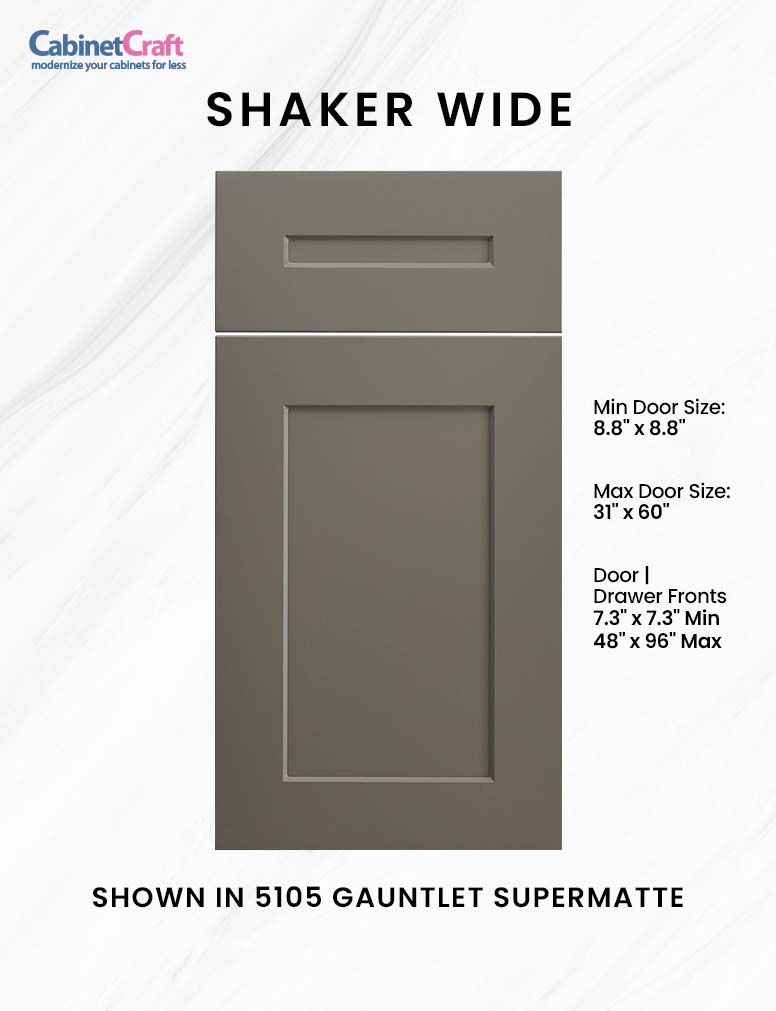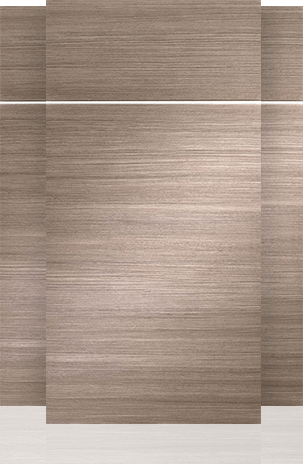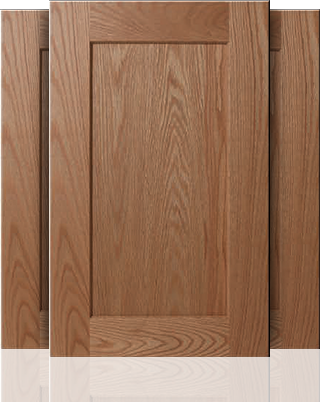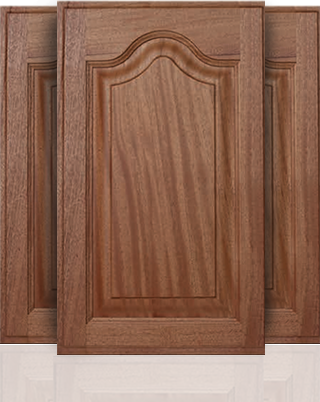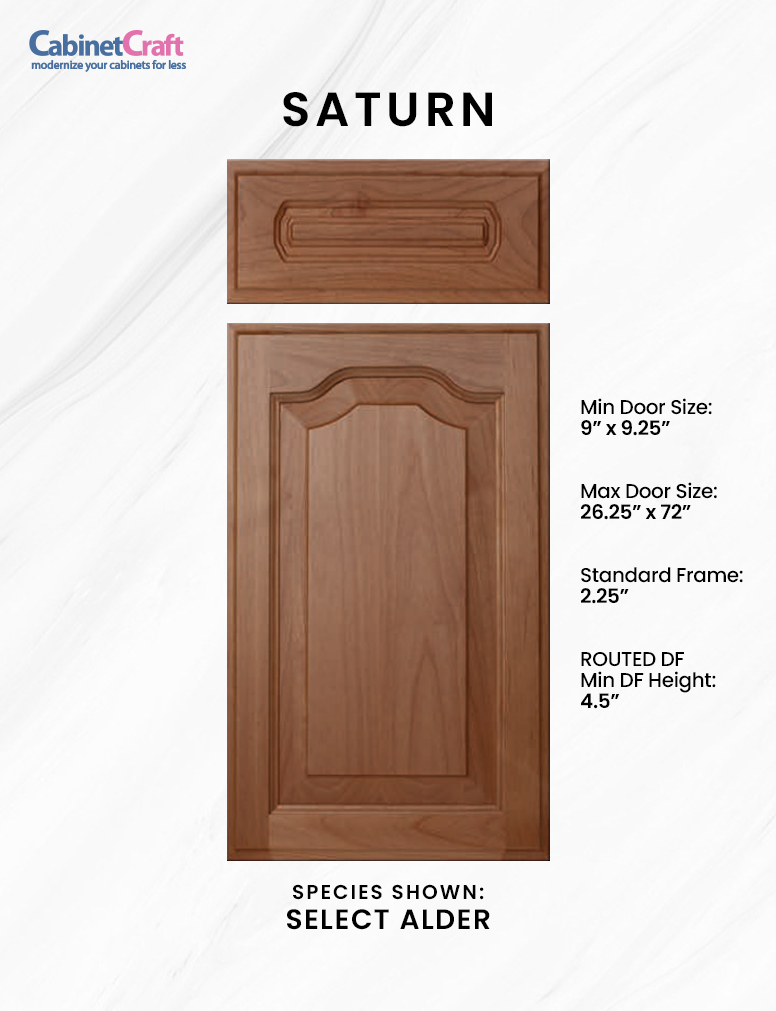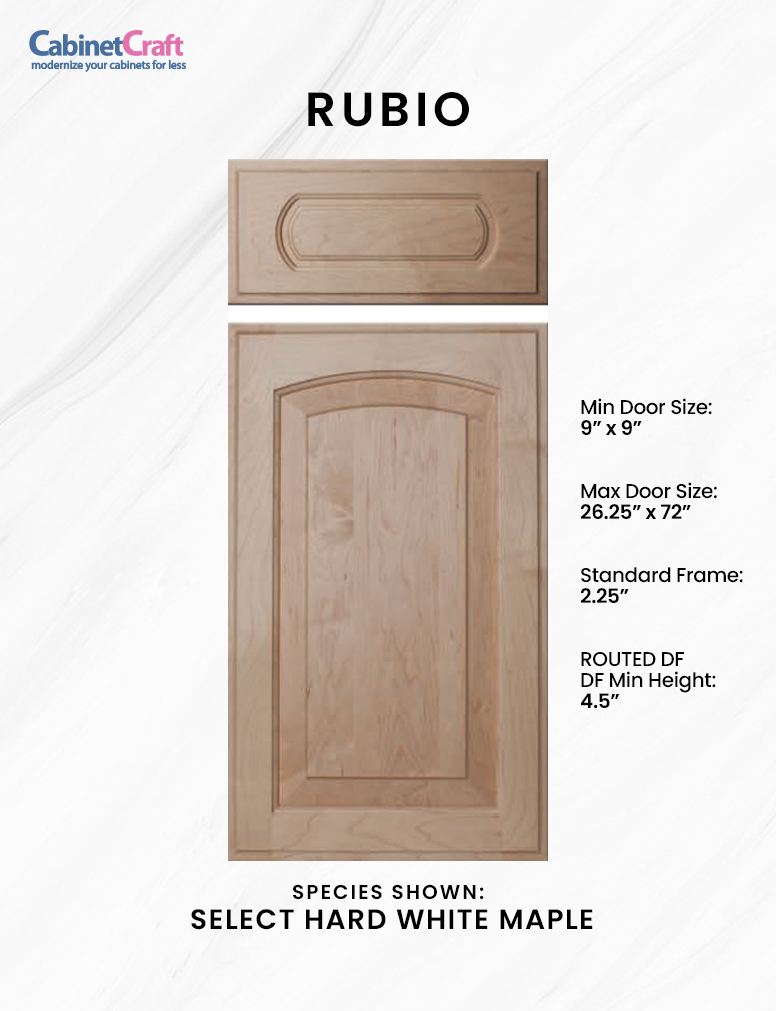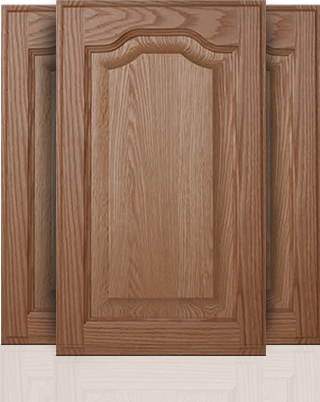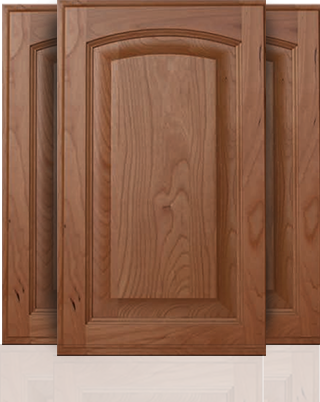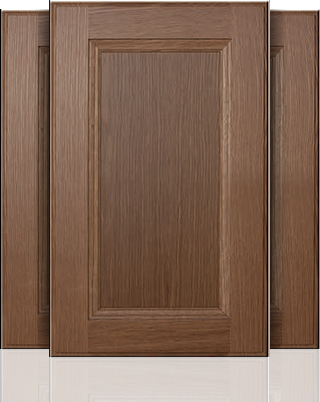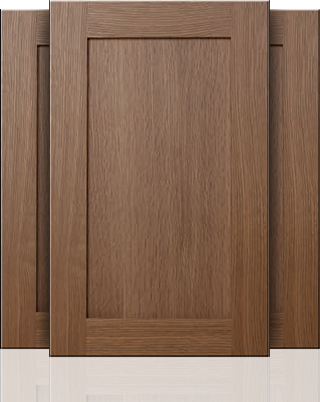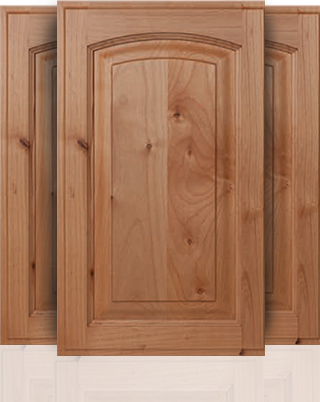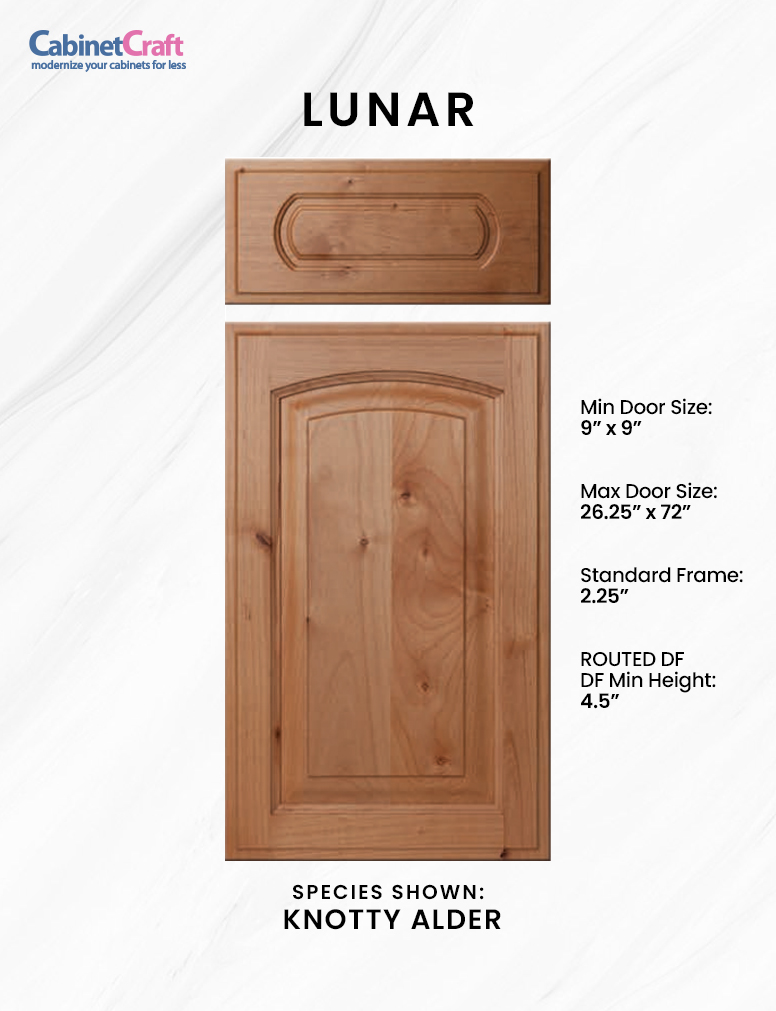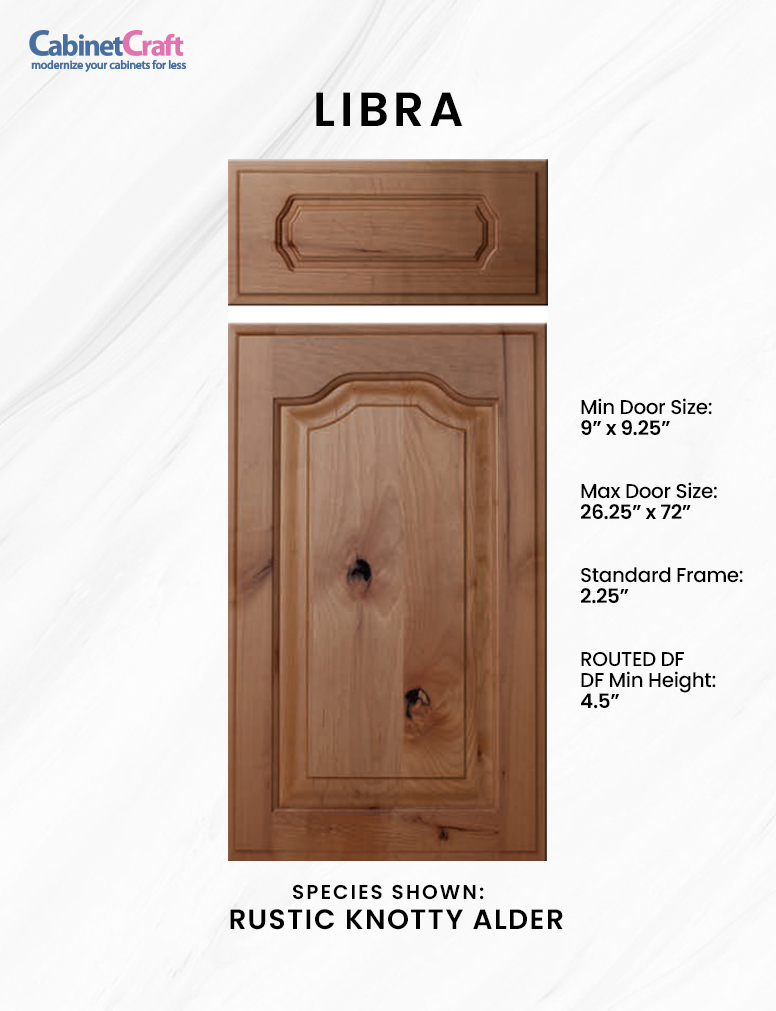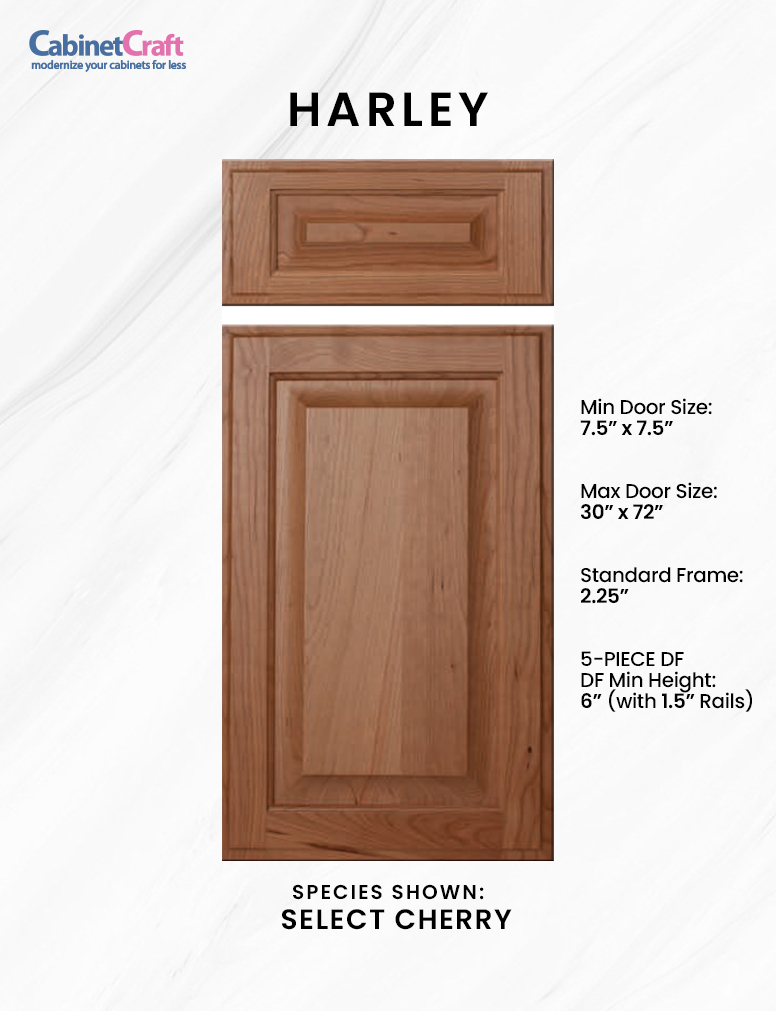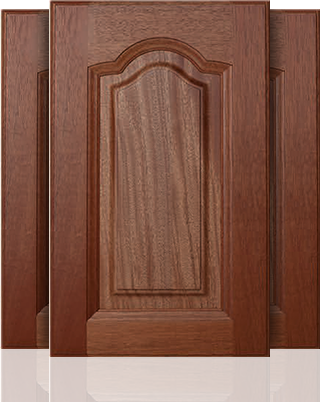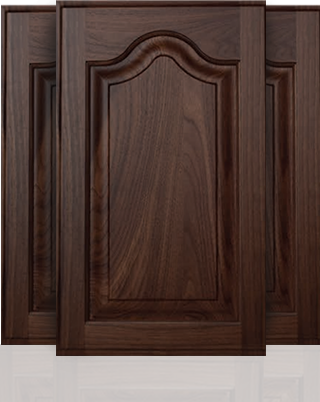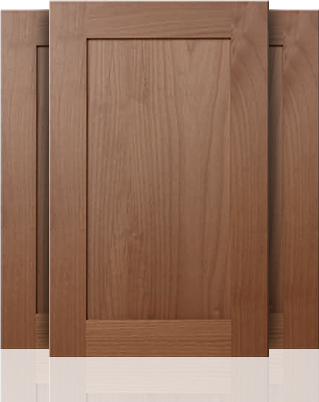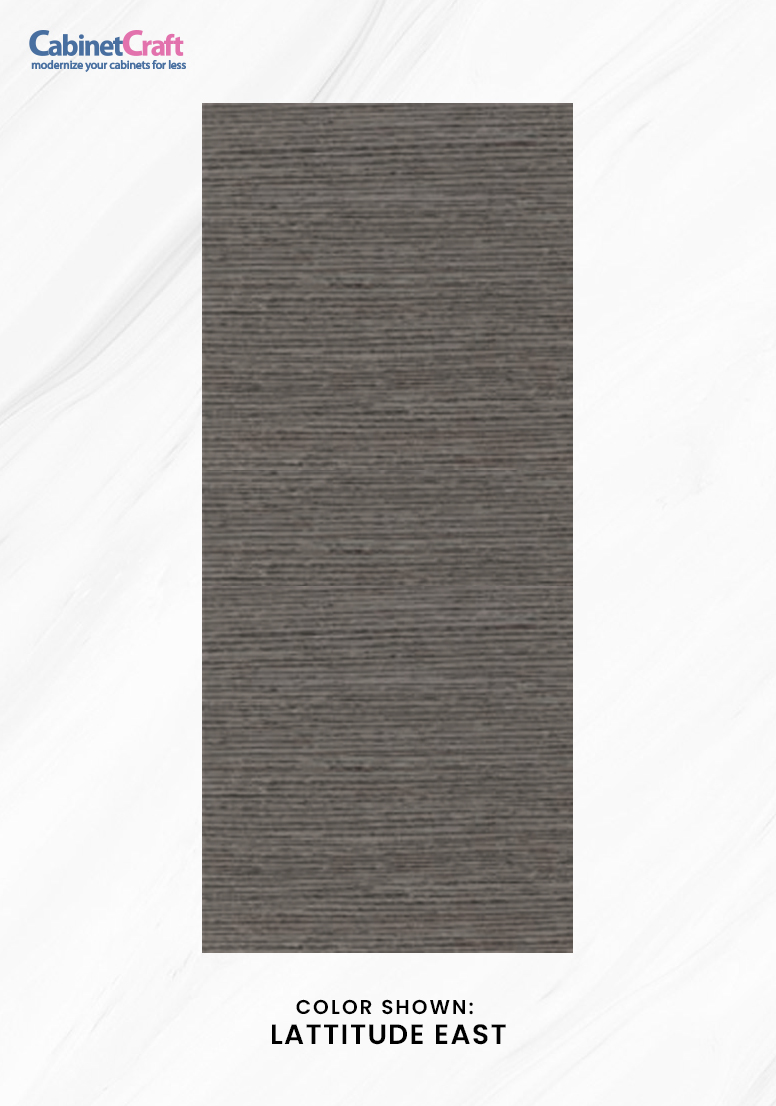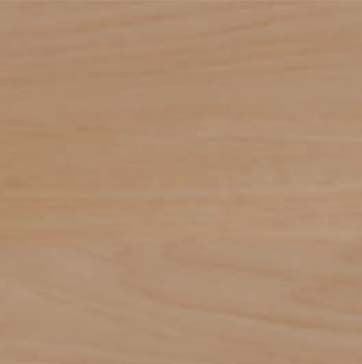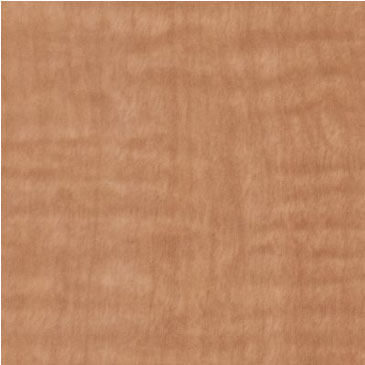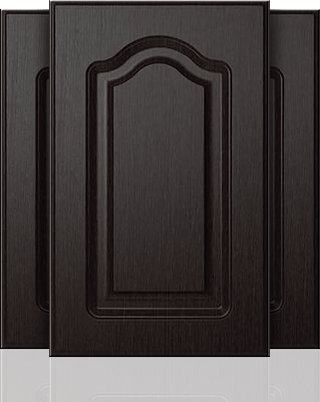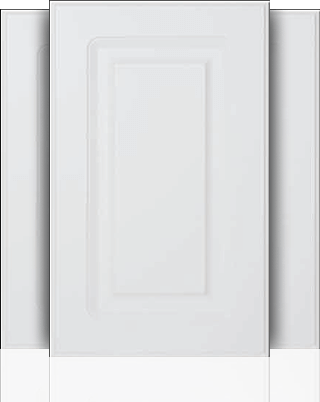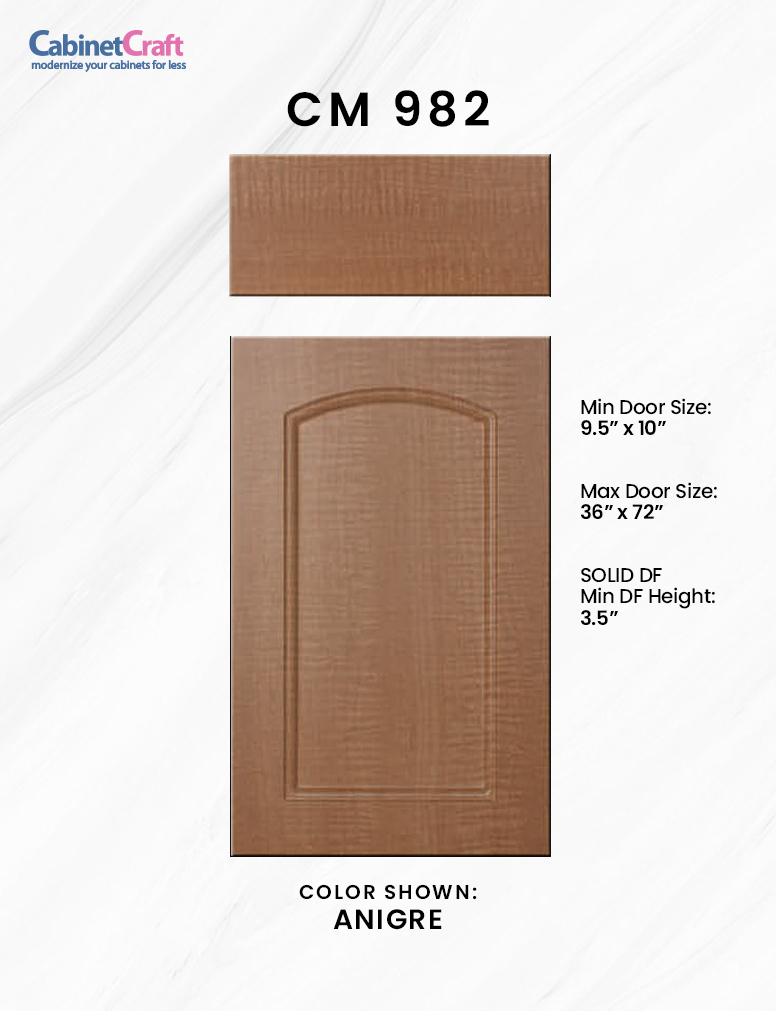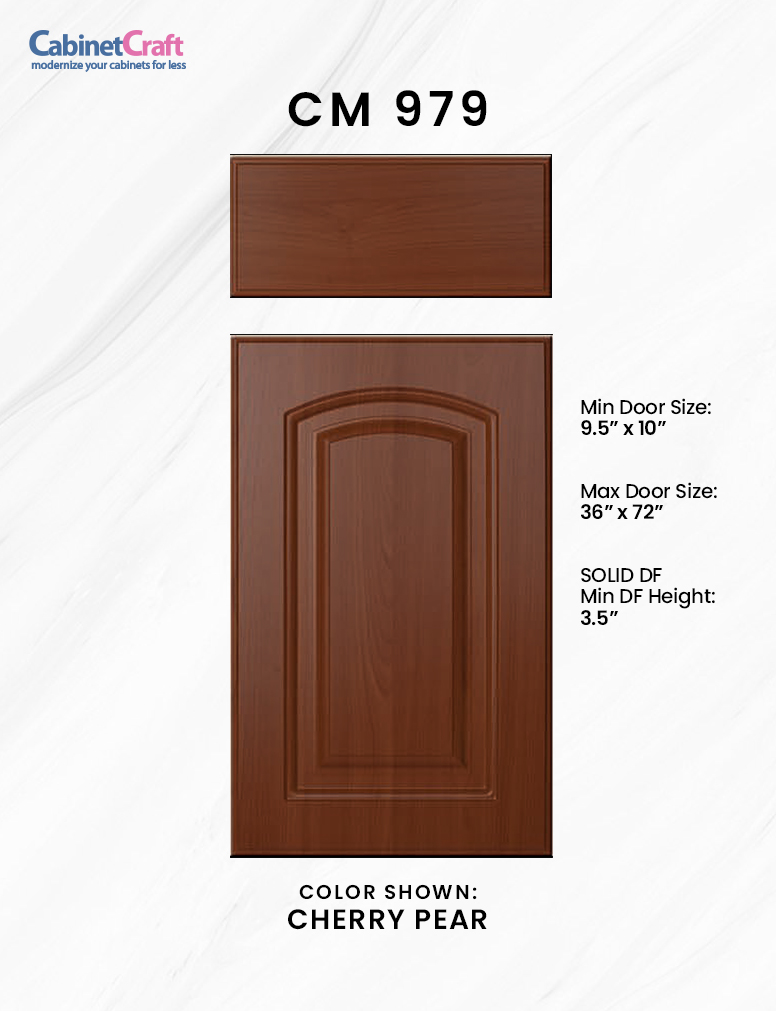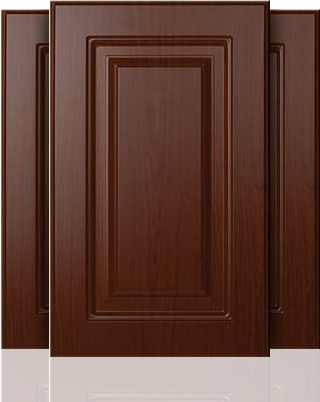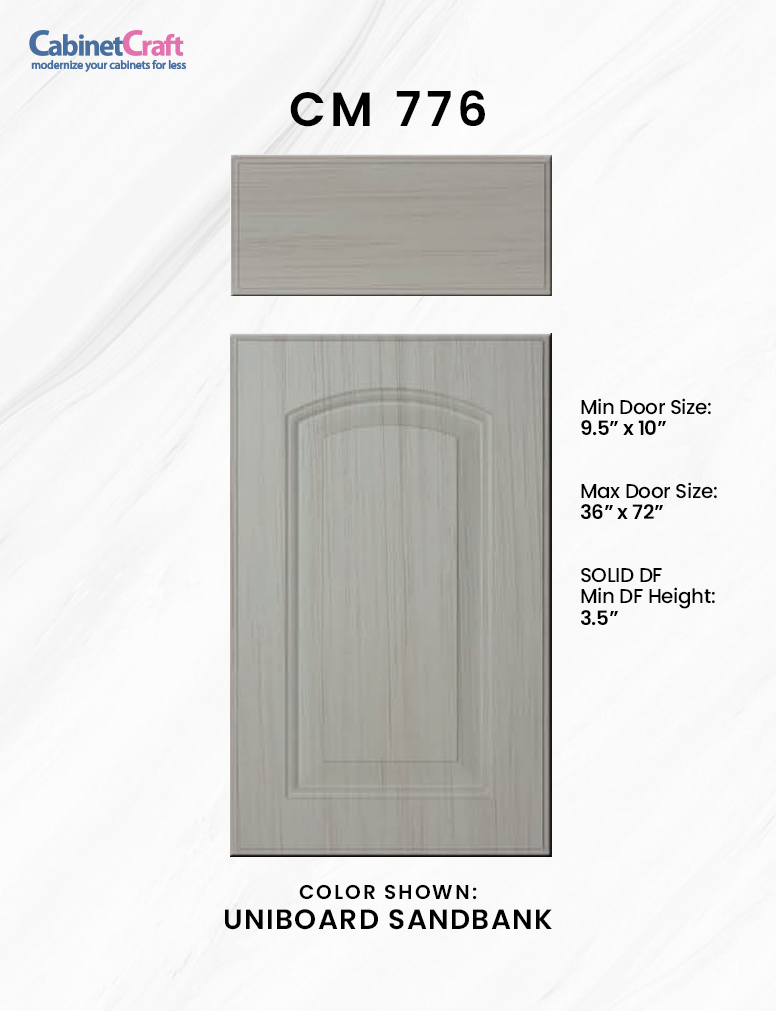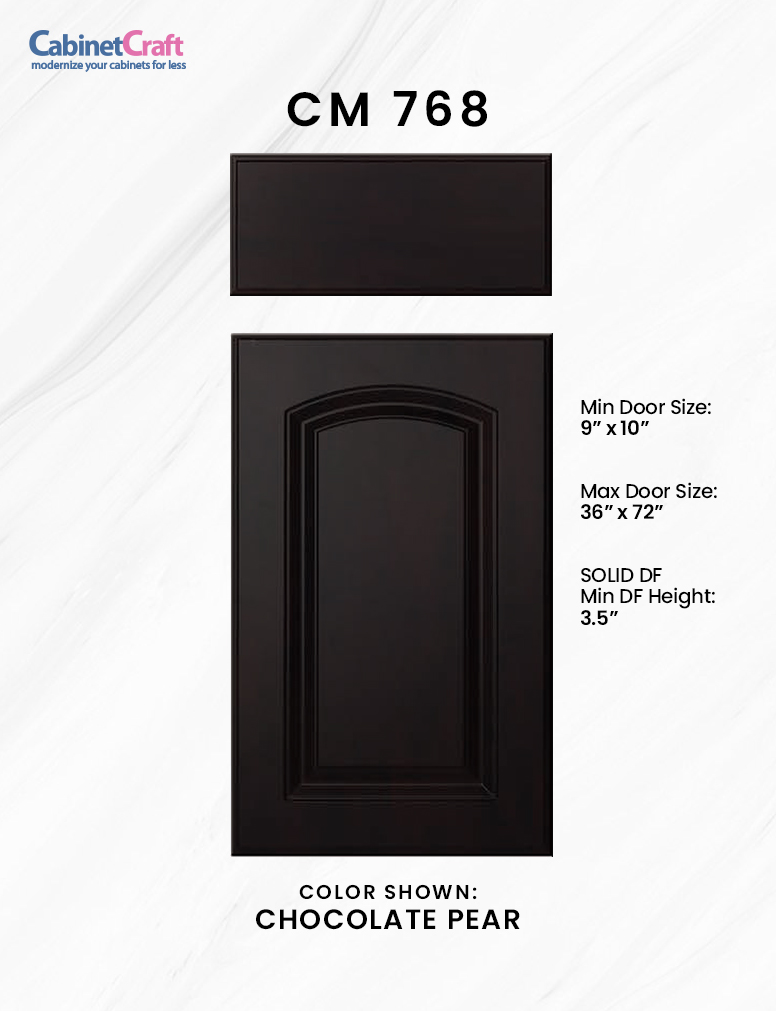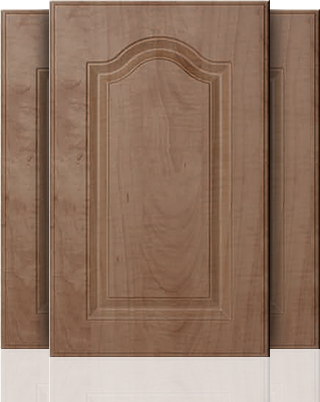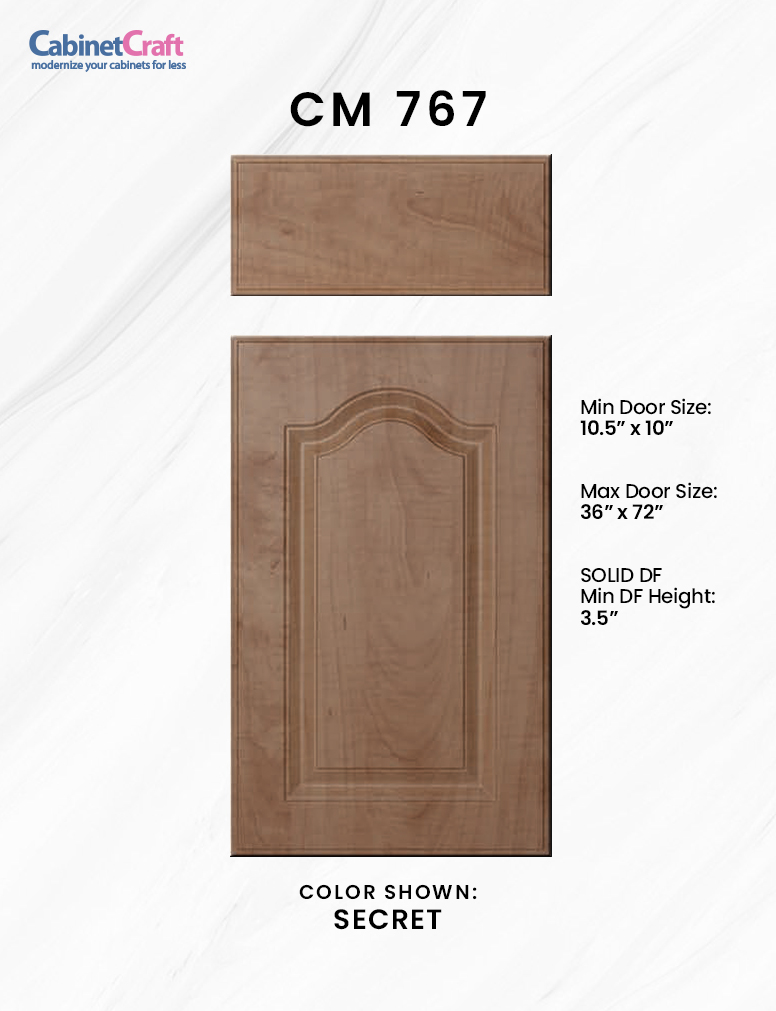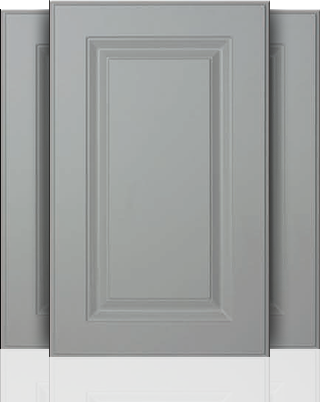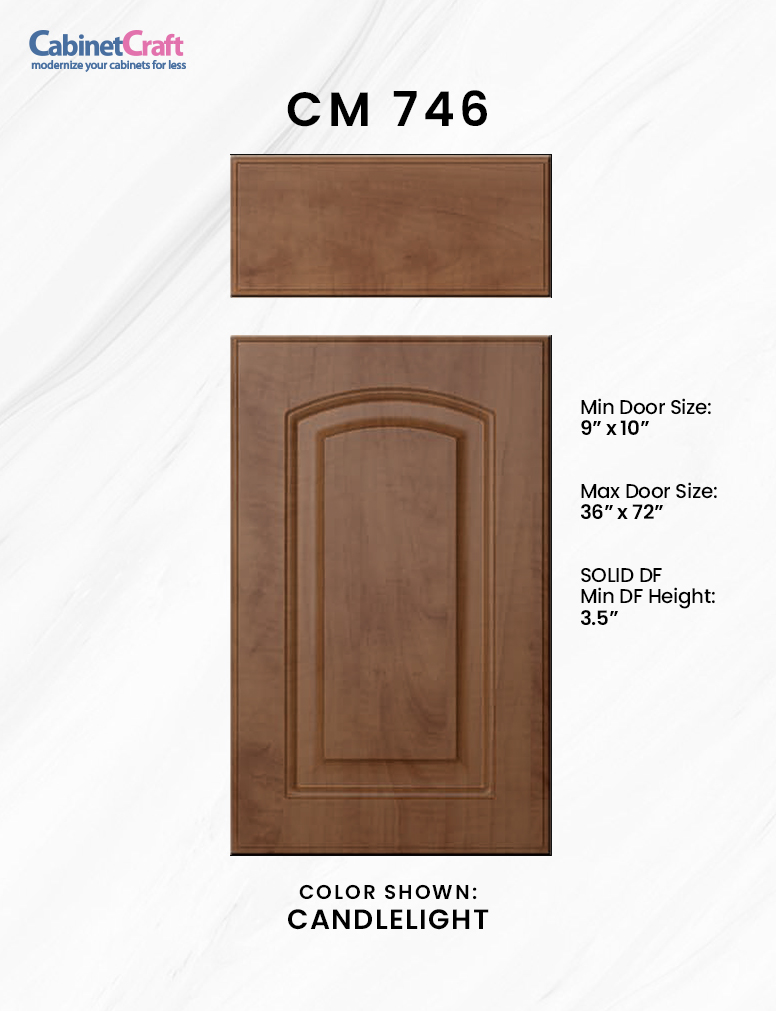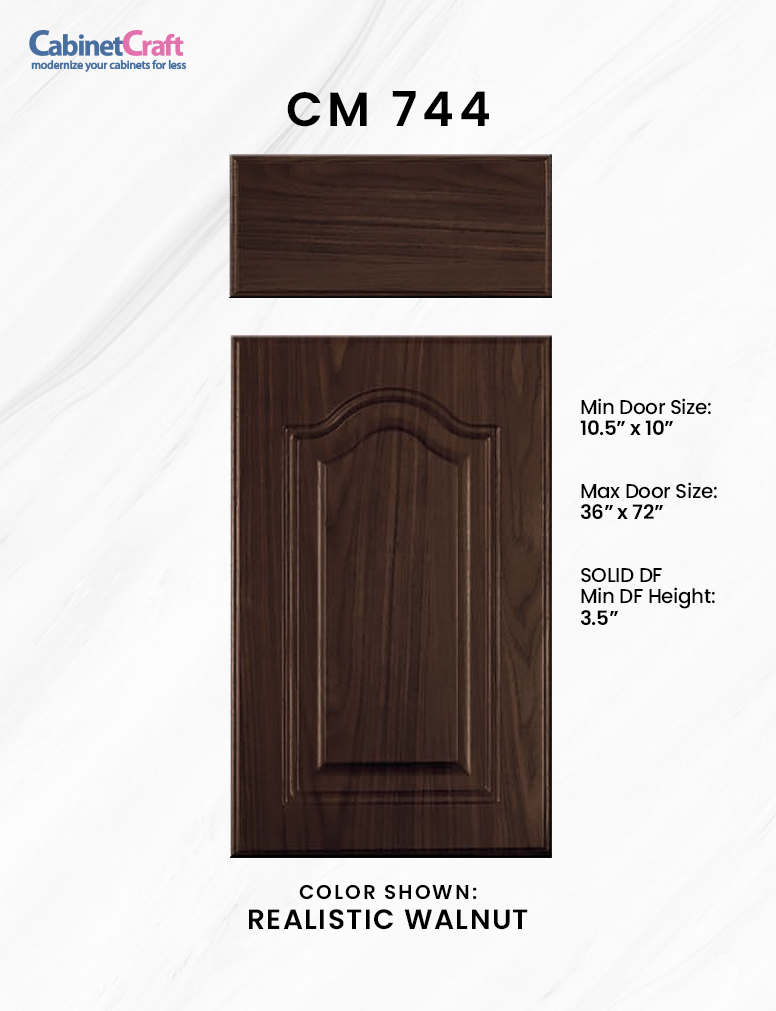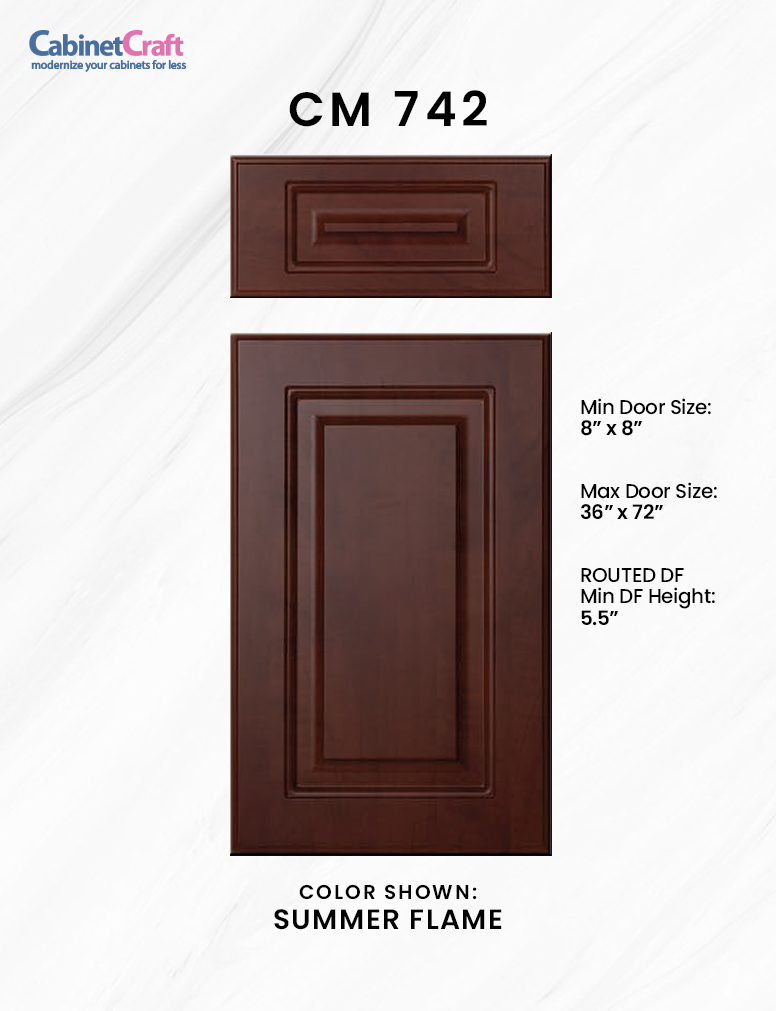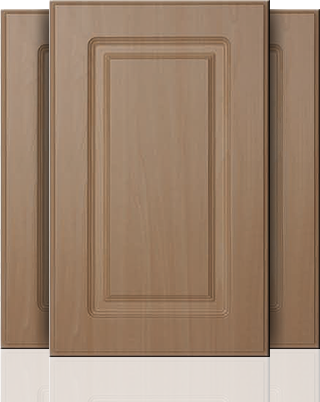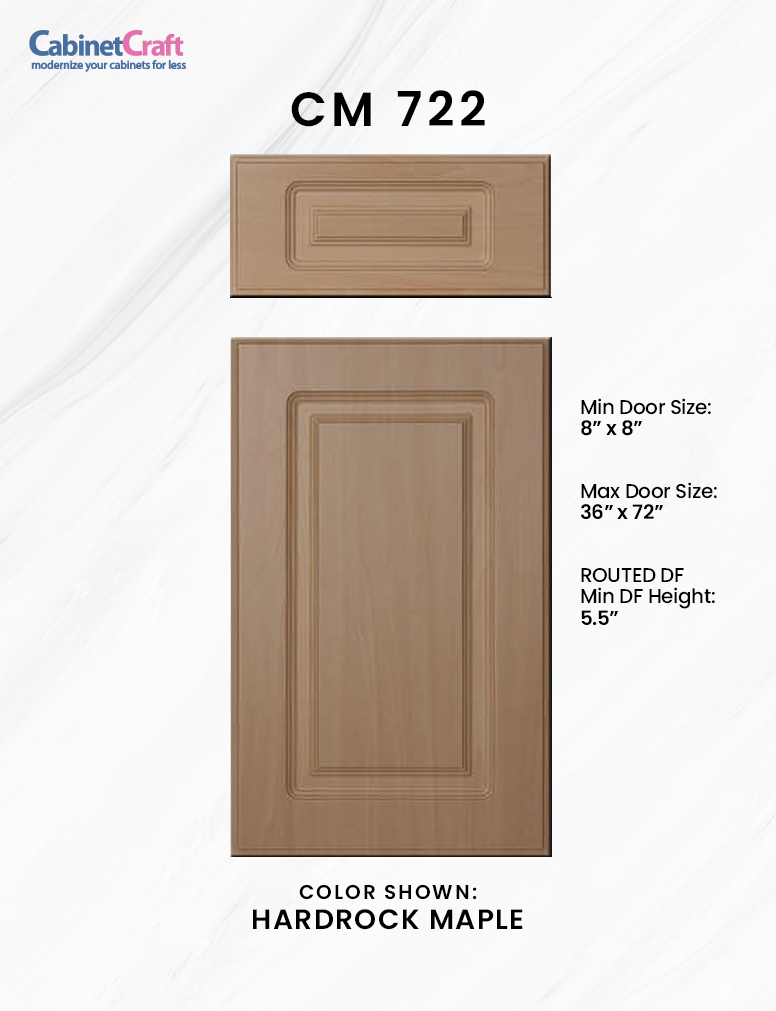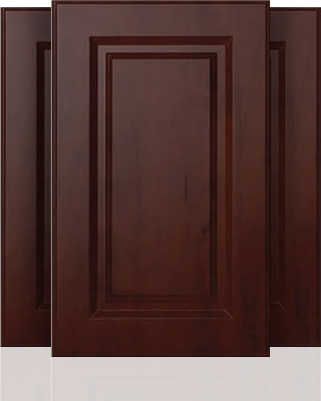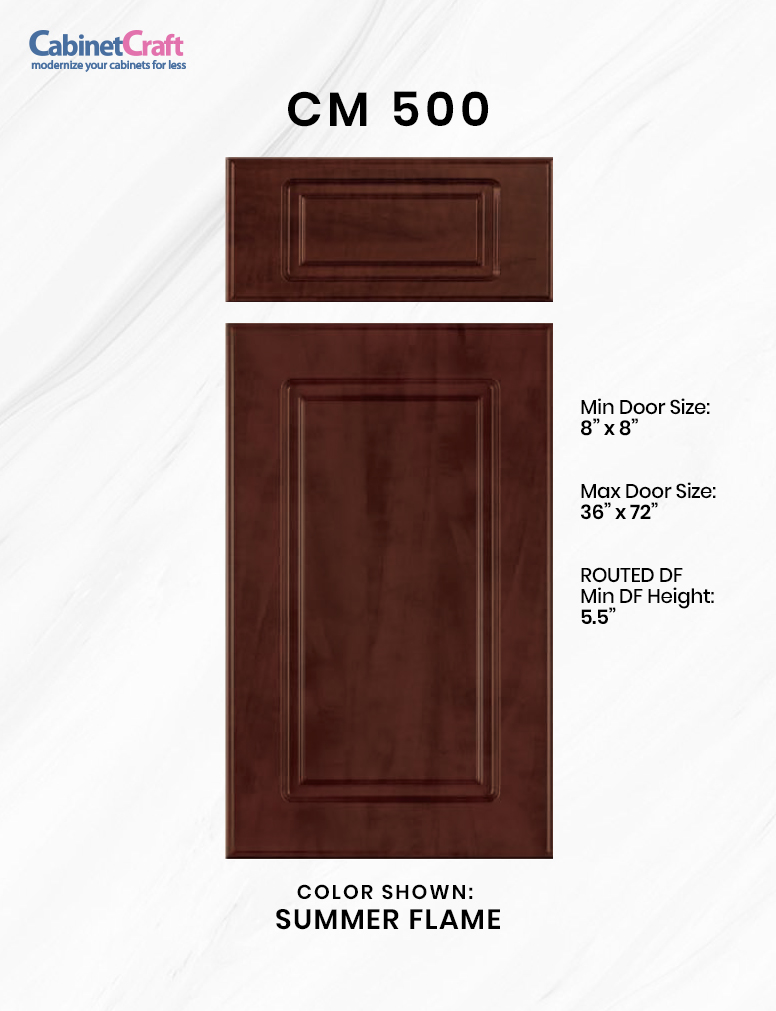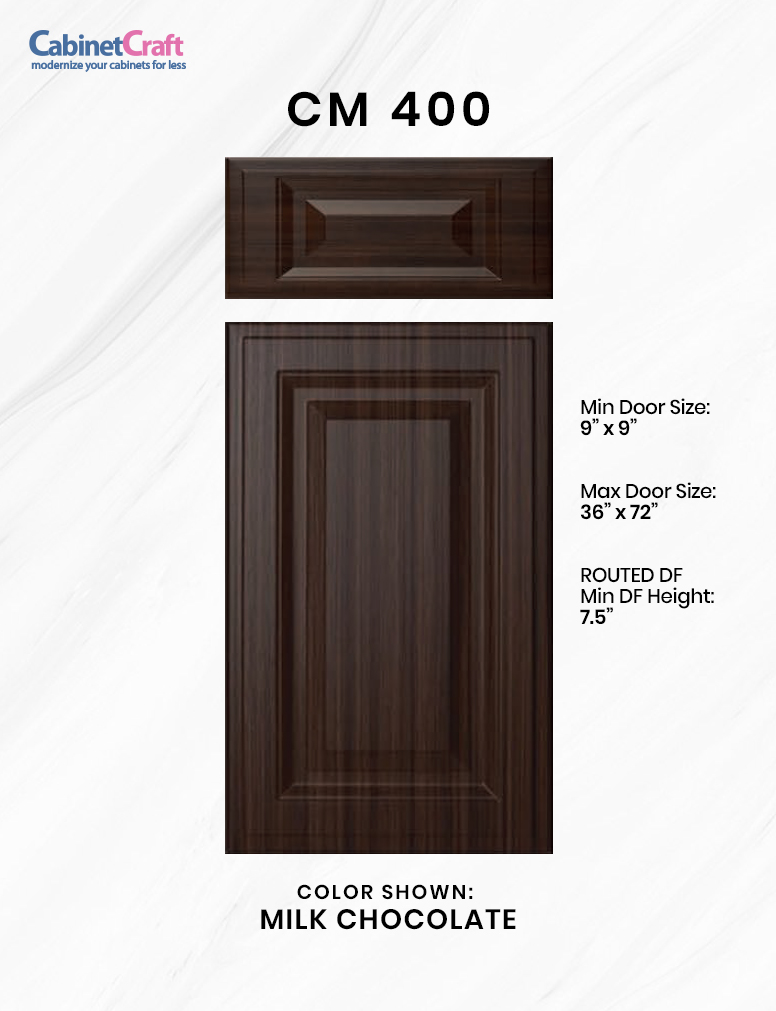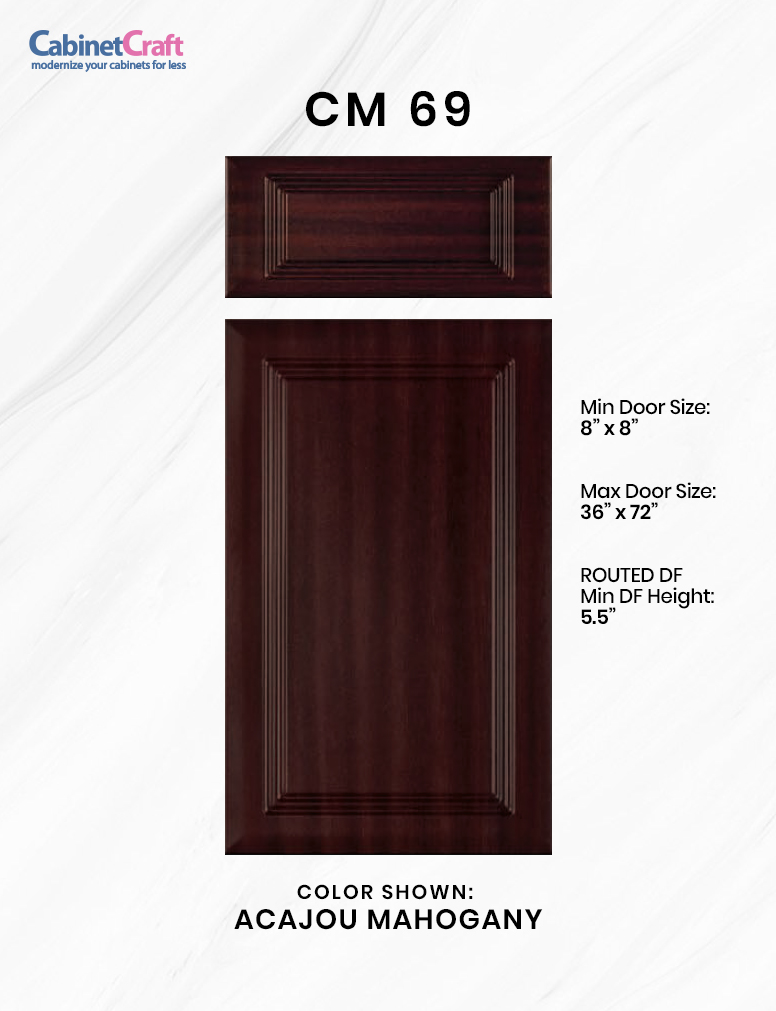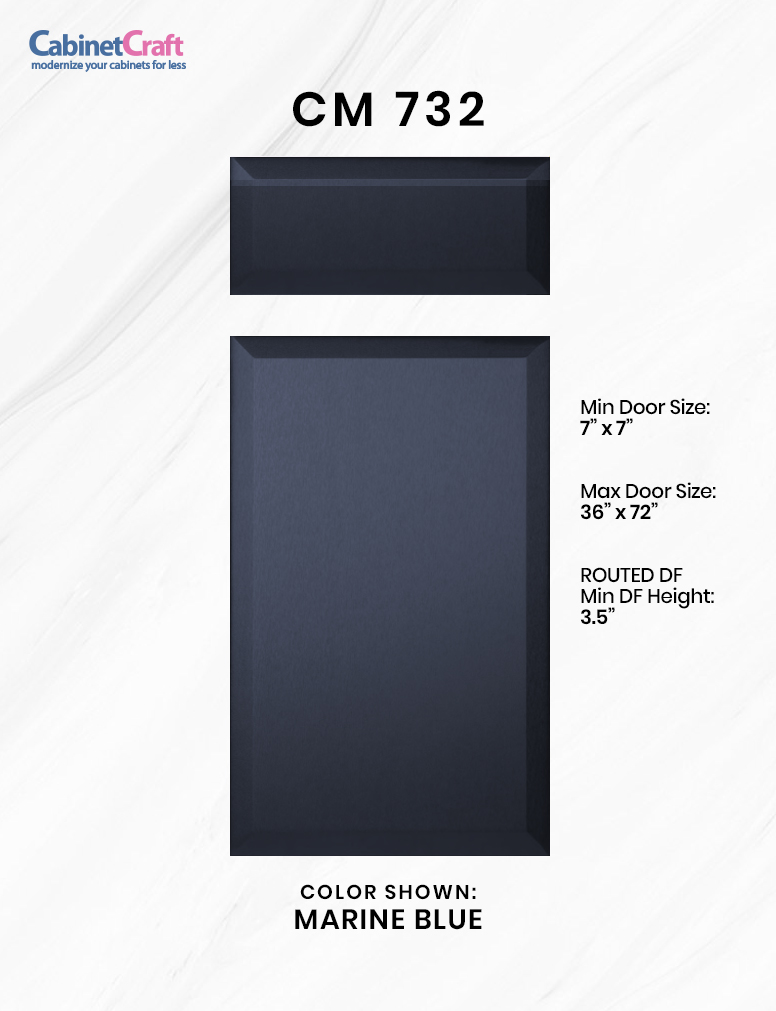It is pretty common nowadays to have homeowners dabbling in DIY projects. One of the most popular projects is the kitchen cabinet installation. For some, the task can be a bit intimidating because the thought of assembling and disassembling kitchen cabinet parts may seem too tedious. If you want to know how to install kitchen cabinets, read on.
Planning the Kitchen Cabinet Location
Before you even try taking down your current kitchen cabinet, you must first ensure if you have a cabinet plan. You need to make sure that your measurements follow the required guidelines. Your kitchen cabinet plan would also ensure that you have the right materials and tools in place.
Disassembling Cabinets
When you take down your cabinet, make sure that you are using the right tools and appropriate personal protection, such as goggles. Take careful consideration of the location of each cabinet segment, so it is easier to remove them from their place.

If you think that installing kitchen cabinets is too much for you, you can always hire professional kitchen cabinet installers to install it for you.
Assembling Cabinets
If you will install a modular kitchen cabinet, check if all the components are present as you unpack them. Look for the instruction manual about how to build the kitchen cabinet frame. Don’t add the drawers, doors, and shelves yet. If you made your kitchen cabinet from scratch, pre-paint them.
Installing Wall Kitchen Cabinets
Once you have made the necessary measurements and know the placement of the kitchen cabinet, it is best to fit your upper wall cabinets first. This practice ensures that your base cabinets would not be a hindrance as you lift and install your top wall cabinet. Remember that your screws must be placed strategically on the cabinet to ensure it has the strength to hold it up.
Mark the base of the cabinet at the height that it wouldn’t be too hard for you or for anyone who would use the kitchen to reach. If you have a stud finder, you can use it to determine where the wall studs should be. You may place a temporary support rail as you are aligning the cabinet.
Installing Base Kitchen Cabinets
When installing your base kitchen cabinet, begin at the corner or end cabinet. A shim would be useful to help you level and raise it to the floor’s high point to ensure its upper edge aligns well. Once you level it, screw them to the wall studs.
Once you’ve installed them, you can now start adding the drawers and shelves into their appropriate cabinets but make sure to apply the final paint first. If you think that this process is too much for you, you can always hire professional kitchen cabinet installers to install kitchen cabinets for you.










